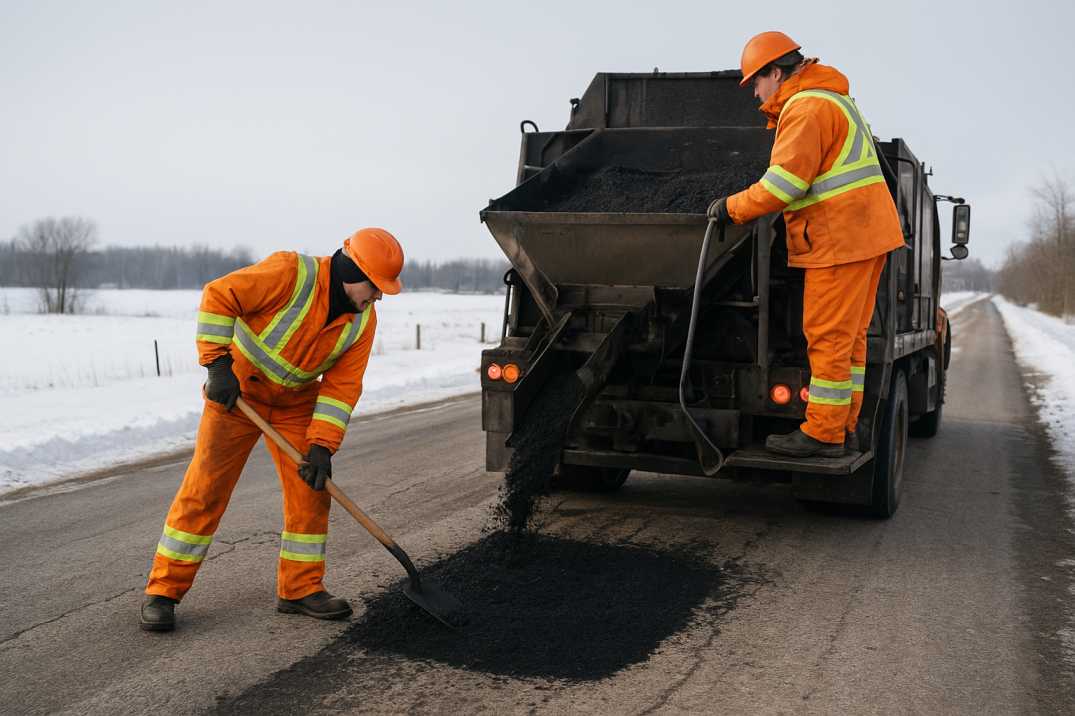
As India races to build one of the world’s largest highway networks, self-healing road materials could redefine maintenance and sustainability. This article explores how microcapsule, steel-fibre, and polymer-based technologies are enabling longer-lasting, cost-efficient, and eco-friendly roads.
Every monsoon, India’s roads face the same story — waterlogging, cracks, and potholes. Beyond inconvenience, this damages logistics, increases fuel usage, and causes accidents. Traditional asphalt is reactive — it needs constant patchwork.
Enter the concept of self-healing roads — pavements that can fix microcracks automatically using innovative material science.
Microcapsule Asphalt: Capsules containing rejuvenating oil rupture when cracks form, repairing damage instantly.
Steel Fibre Induction: Magnetic heating melts bitumen locally to reseal gaps.
Polymer Bitumen Blends: Flexible materials that self-repair under temperature cycles.
These advances can extend pavement life by 40%, reduce maintenance downtime, and lower carbon emissions by cutting repeated repairs.
Countries like the Netherlands, China, and South Korea already deploy self-healing asphalt at scale.
In India, CRRI and IIT-Madras are experimenting with polymer-modified and bio-bitumen-based variants designed for tropical climates and heavy-load highways.
With highway spending exceeding ?2 trillion annually, investing in smarter, long-lasting materials pays off in the long run.
Self-healing tech aligns perfectly with India’s Bharatmala and Gati Shakti missions — building not just more roads, but better roads.
Imagine highways that adapt, repair, and endure — reducing repair budgets and improving safety.
As India advances towards net-zero goals, self-healing roads may soon move from pilot projects to mainstream adoption.